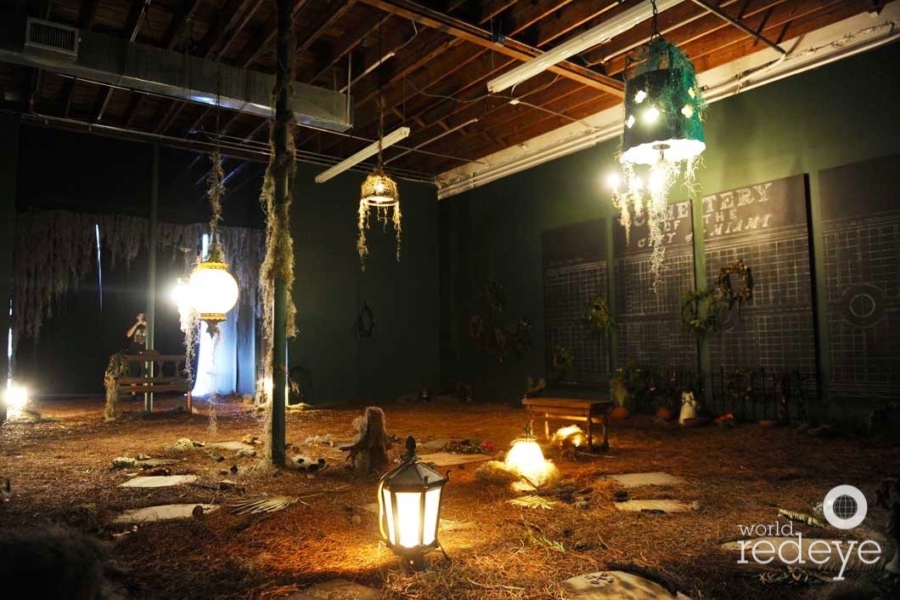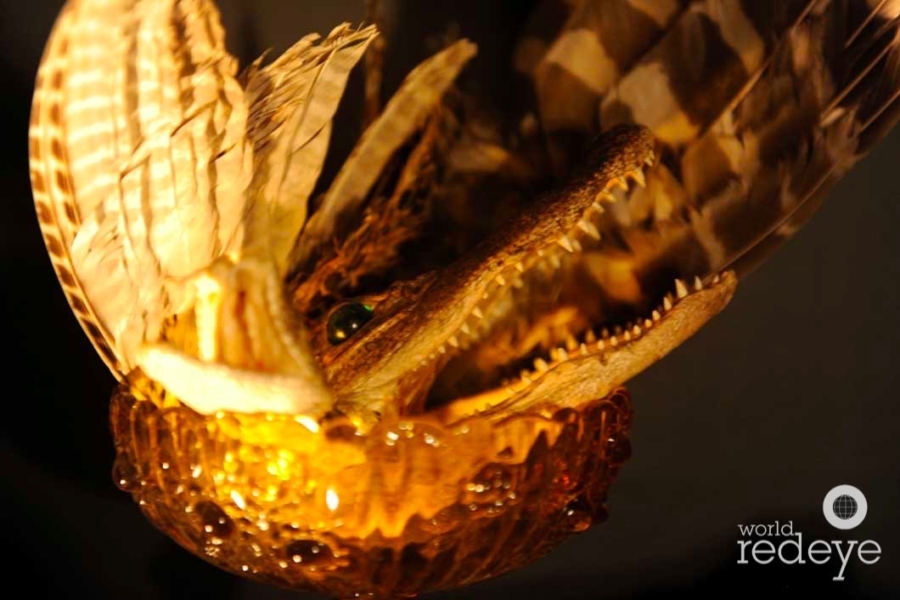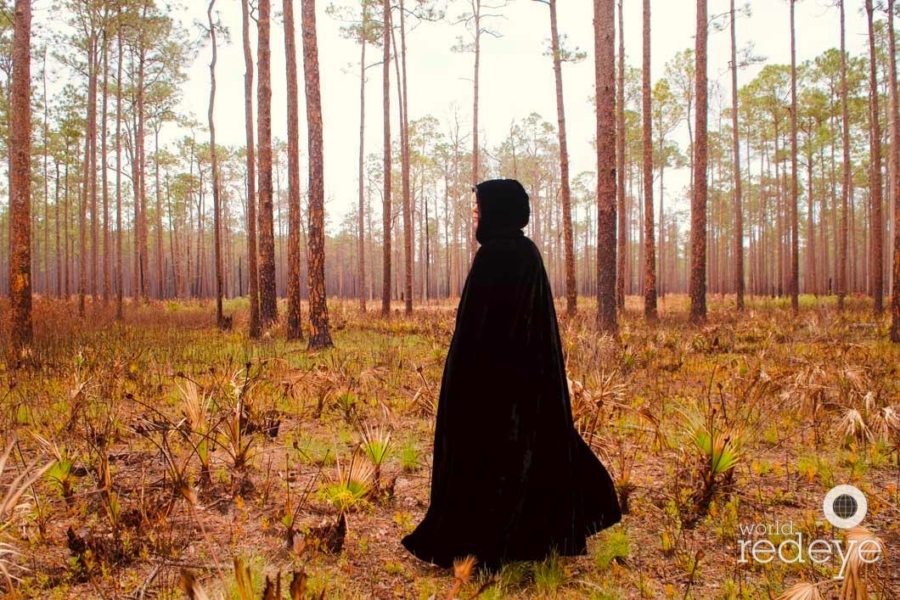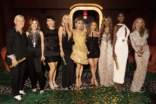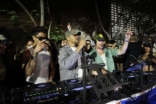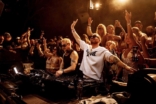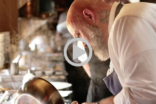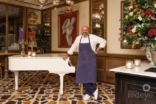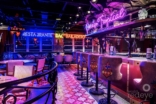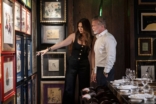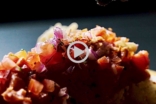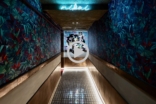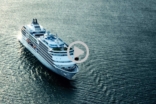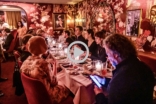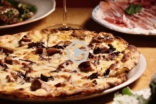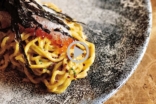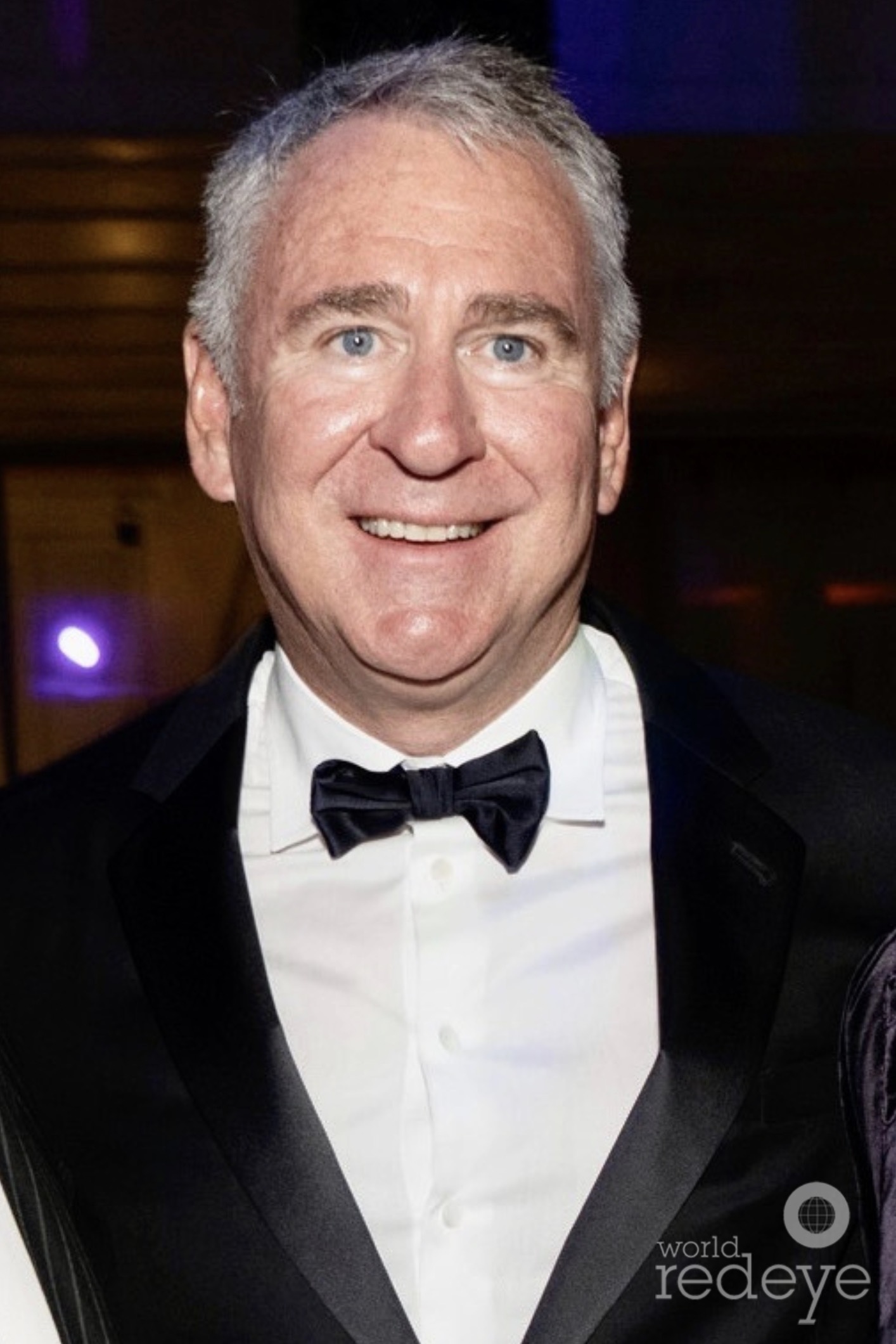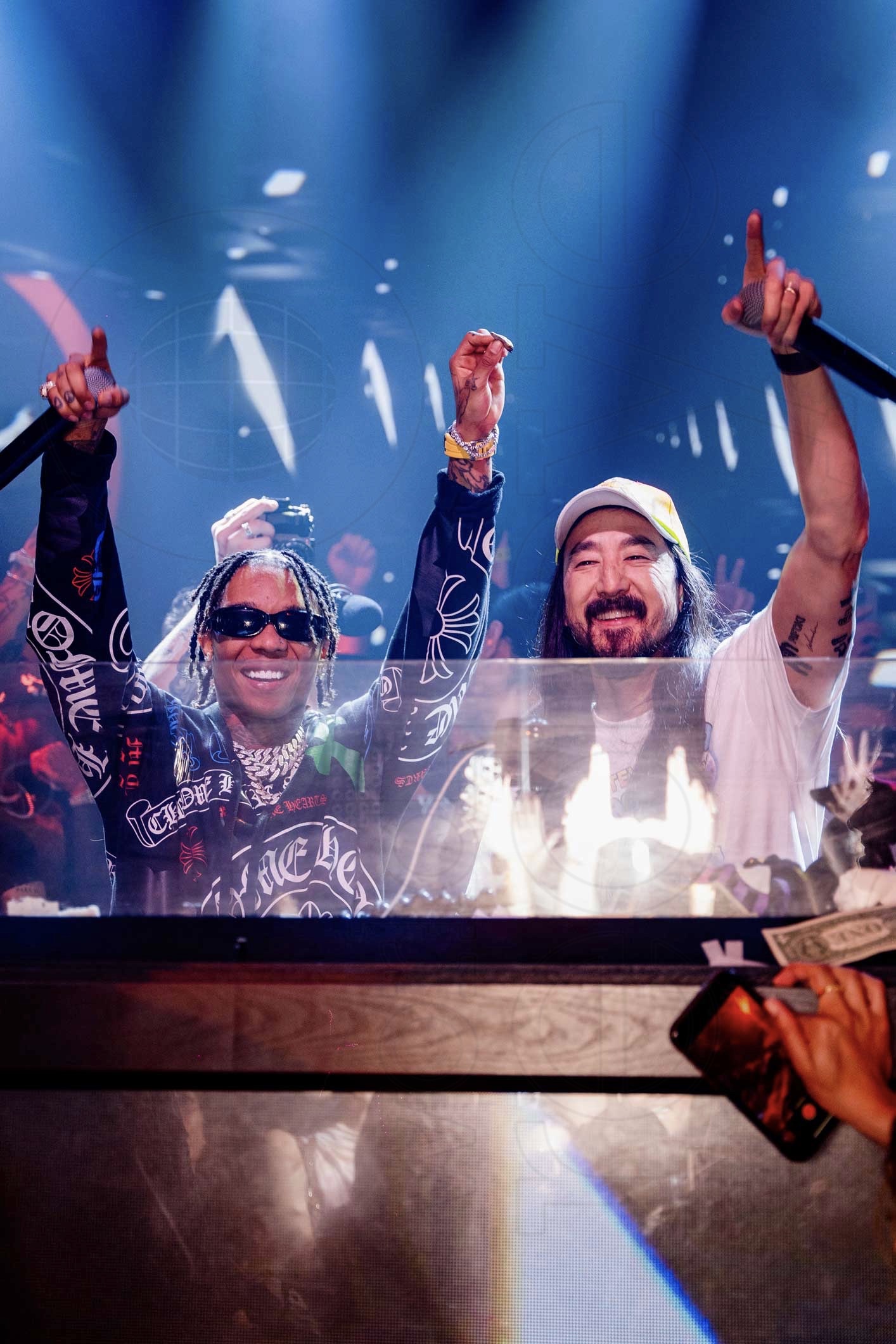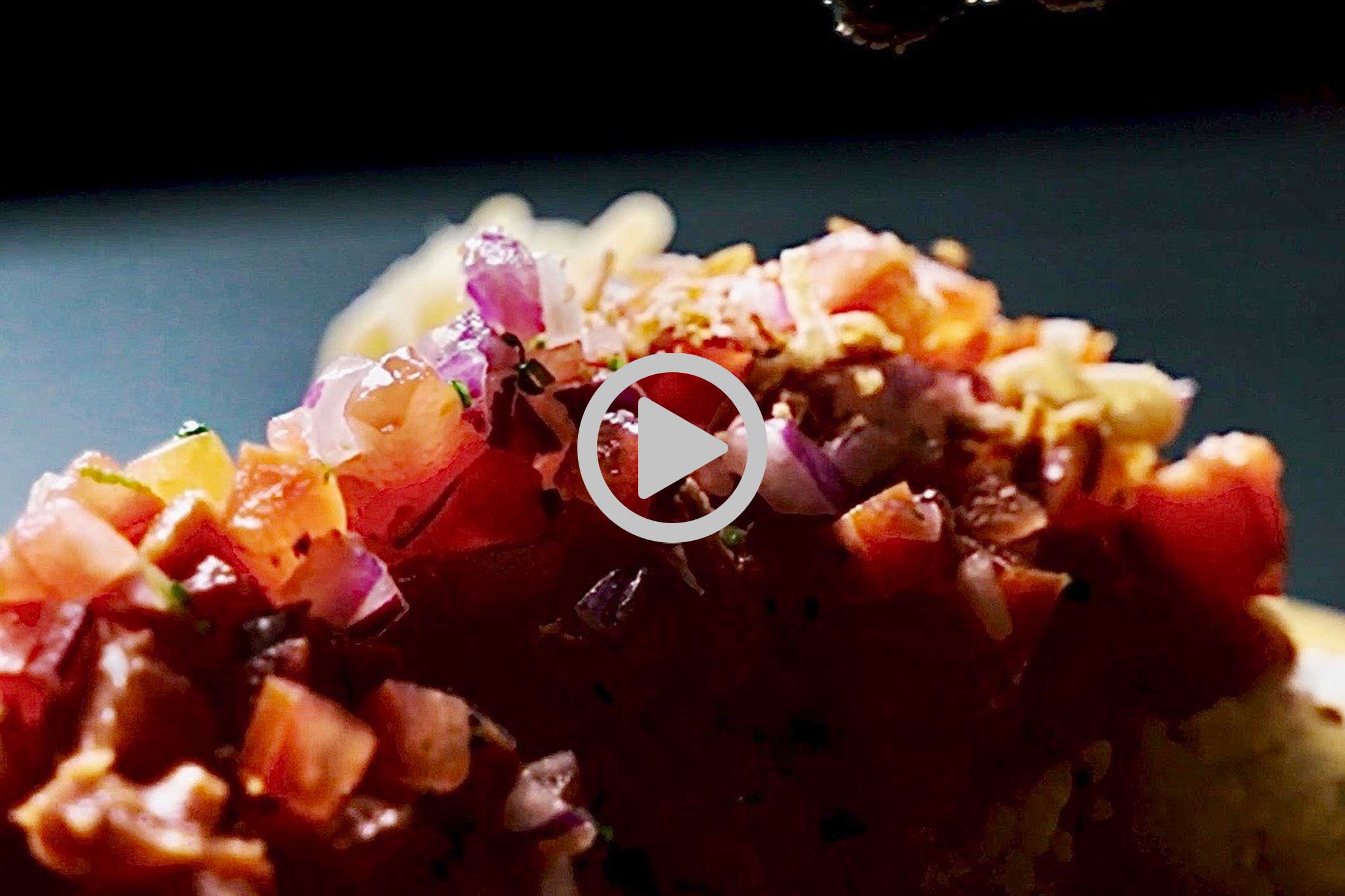Q&A: The Women Behind The Art Featuring Locust Projects Artists
Locust Projects from World Red Eye Films on Vimeo.
Miami, FL – August 11, 2020 – Miami’s longest-running nonprofit alternative art space, Locust Projects is an incubator of new art and ideas. They produce, present, and nurture ambitious and experimental new art and the exchange of ideas through commissioned exhibitions and projects, artist residencies, summer art intensives for teens, and public programs on contemporary art and curatorial practice. Locust Projects emphasizes boundary-pushing creative endeavors, risk-taking and experimentation by local, national and international artists.
As this year marks the Centennial of Women’s Right to Vote, Locust Projects’ 2020-2021 Main Gallery exhibitions by strong female artists, including Mette Tommerup, Juana Valdes, GeoVanna Gonzalez, and Christina Pettersson, honor the role of women, past and present, as change-makers. Each artist, utilizing their own mediums and personal backgrounds, have created compelling, thought-provoking works meant to shed light and create a dialogue about certain topics such as immigration, equity, environmental awareness, queer-identity, gender, and race.
Christina Pettersson’s In The Pines will be featured from July – August 2020; Juana Valdes’s Rest Ashore will be from September – October 2020; Mette Tommerup’s Made By Dusk will be from November 2020-Jan 2021; GeoVanna Gonzalez’s HOW TO: Oh, look at me will be shown from February -April 2021.
WRE went behind the scenes with each artist to discuss their upcoming exhibitions and the driving force behind their respective pieces. Read the full Q&A below.

Mette Tommerup
WRE: Tell us about your project, Made By Dusk, at Locust Projects. What will visitors see, hear, feel/experience?
Mette Tommerup: Made By Dusk is a space inspired by the Nordic Goddess, Freya, the untamed goddess of love, war, beauty, gold, and transformation. Upon entering the installation, the visitor is met with walls covered in flickering light and shadows cast from suspended golden wire sculptures shaped as Freya’s chariot-pulling cats. Beyond lies a great gray and golden hall to evoke the in-between space of twilight or dusk, with walls draped in massive tapestries surrounding a floating amphitheater of seats facing a central throne. In Norse mythology, Freya’s Hall of Seats would receive fallen warriors, here it is a place of refuge and inward reflection and gathering of feminine forces and transformative powers needed to battle inequities and injustices.

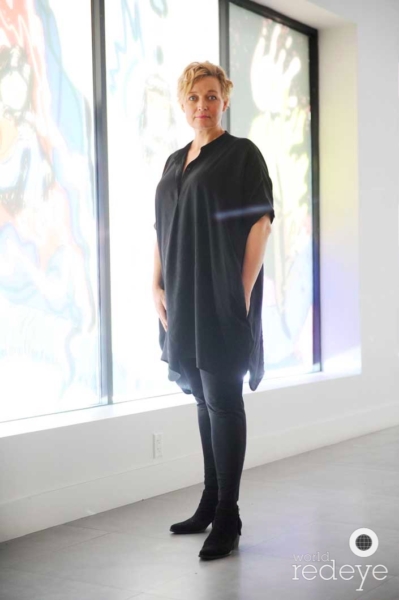
This has become a chance to build a forum for a dialogue for how women can be the catalyst for transformative change in the world today.
Mette Tommerup
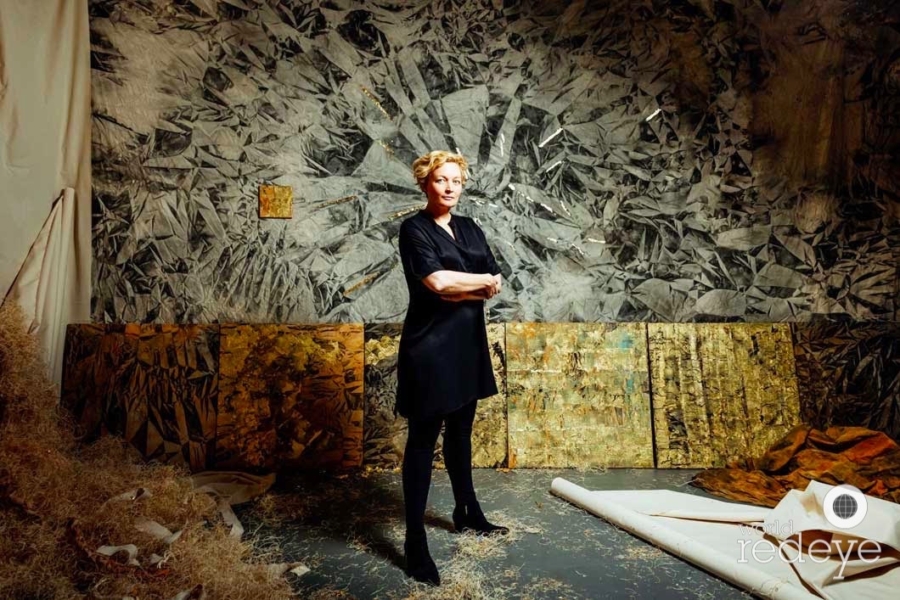
Mette Tommerup
WRE: What has the opportunity at Locust Projects enabled you to do that you were not able to before?
MT: The opportunity to develop an immersive installation in the Main Gallery at Locust Projects has allowed me to push my practice in both scale and in working with new materials and techniques. At first it was an opportunity to reflect upon where we are as women in 2020, a year commemorating the centennial of the women’s right to vote and being aspirational about what we can continue to achieve. As this year has evolved, and we continue to witness basic rights being denied and stripped away, it’s become a chance to build a forum for a dialogue for how women, like Freya was, can be the catalyst for transformative change in the world today.
WRE: What do you hope people take away from experiencing your project, either in person or virtually?
MT: I’m hoping to empower the visitor by transporting them to an otherworldly space akin to an experience at an antiquities wing at a museum or an otherworldly place. An escape where the visitor allows themselves to get lost with a sense of wonder and awe that can prompt new thinking. I would like them to find components of the installation evoking a sensual and celebratory air, while offering a space to tackle more serious issues connected to liberating and raising diverse voices and supporting creative transformational change.

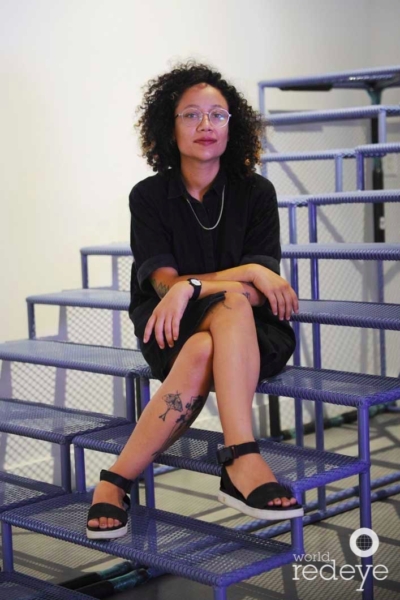
GeoVanna Gonzalez
WRE: Tell us about your project, HOW TO: Oh, look at me, at Locust Projects. What will visitors see, hear, feel/experience?
GeoVanna Gonzalez: My exhibition HOW TO: Oh, look at me, at Locust Projects is a continuation of my HOW TO series, in which I create works of art to physically translate poems featured in the online open-source poetry collection tutorials by Martin Jackson at www.tutorials.fyi. HOW TO: Oh, look at me invites the visitors to view the work as open source installation, in which the work is constantly created and recreated through interaction. The viewer is an active participant in the installation, becoming part of the artwork as they view, listen, and physically interact with other viewers and the installation itself.
WRE: What do you hope people take away from experiencing your project, either in person or virtually?
GG: As the fifth iteration of my HOW TO series, this show deepens my commitment to creating provocative, participatory social spaces within institutional settings. As acts of queer infiltration, class-aware interventionism, my work wants us to see and explore, to dance and read-out-loud the potential of our embodied cognition. We are only when we interact, when we commune.

GeoVanna Gonzalez
We are only when we interact, when we commune.
GeoVanna Gonzalez

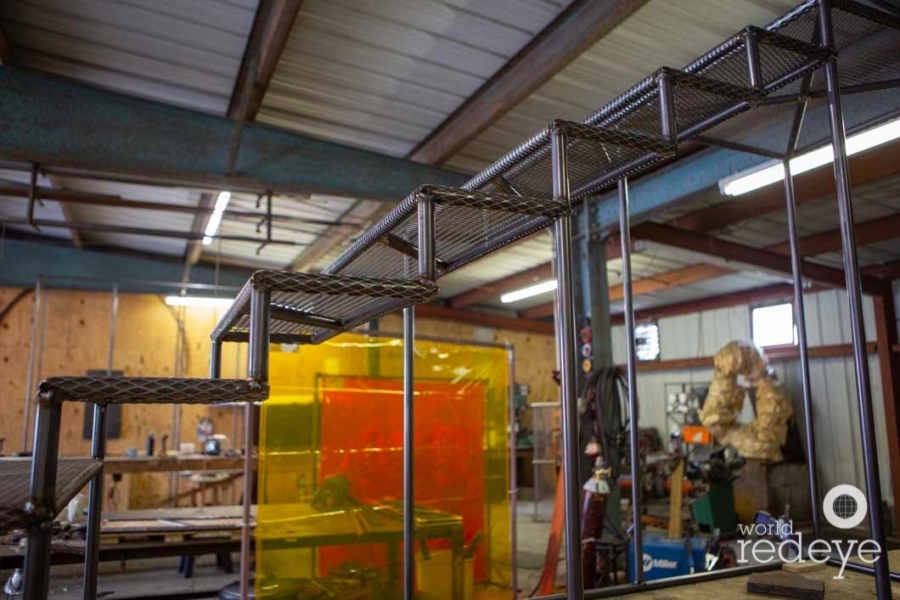

Juana Valdes
WRE: Tell us about your project, Rest Ashore, at Locust Projects. What will visitors see, hear, feel/experience?
Juana Valdes: This is a new piece that is a large-scale multi-channel video installation. Rest Ashore reexamines the Cuban migration experience over the past sixty years and relates it to the current global refugee crisis. The work makes connections between globalization, global trade, and recent refugee and migration crisis. It’s presented in three different formats projection, computer monitors, and CRT Televisions. The TVs display archival images, depicting the different decades of Cuban migration—the 1960s, 1970s, 1980s, and 1990s. The projections share a film, and a mock-documentary aesthetics retelling the traumatic experience of the journey, and the monitors offer an intimate moment of undefined possibilities. All of this happens in a space jammed with shipping pallets.
WRE: What has the opportunity at Locust Projects enabled you to do that you were not able to before?
JV: With this new project, it has enabled me to challenge myself and surpass all of my expectations and capabilities in a new medium for me, which is a video (moving image). Locust Projects allows artists to create significant artworks without feeling the pressures of commerce and to present it in a space that provides for the right kind of viewer experience.

Juana Valdes
WRE: What do you hope people take away from experiencing your project, either in person or virtually?
JV: According to the UNHCR and the UN Refugee Agency, there are 79.5 million people displaced worldwide at the end of 2019. Among them are nearly 26 million refugees, around half of whom are under the age of 18. This means that 1% of the world’s population is displaced. My goal is for the work to bring awareness and empathy to the traumatic impact of migration and to get viewers to see refugees differently, using the Cuban experience here in South Florida as a metaphor for what is happing worldwide presently. Maybe it can serve a reference for which to rethink our immigration policies.
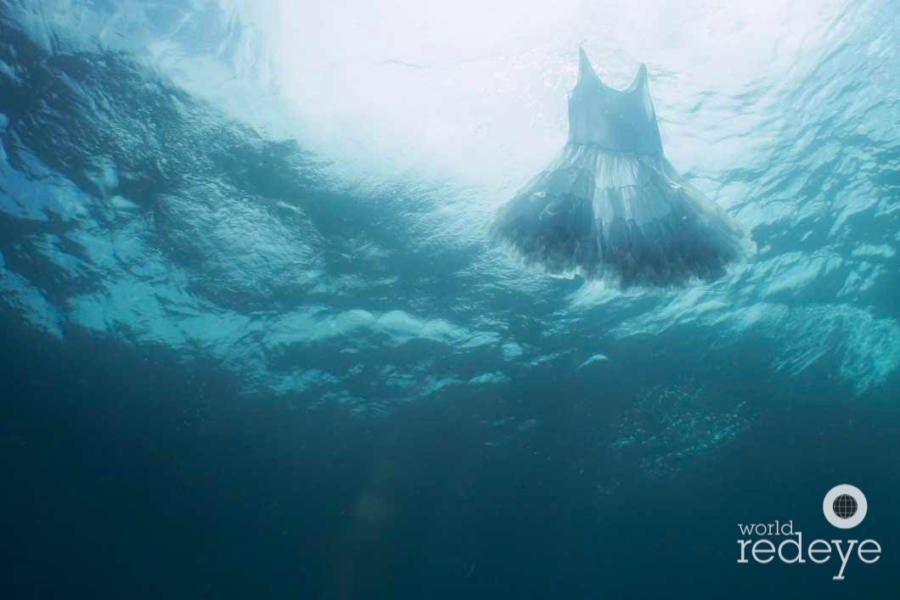
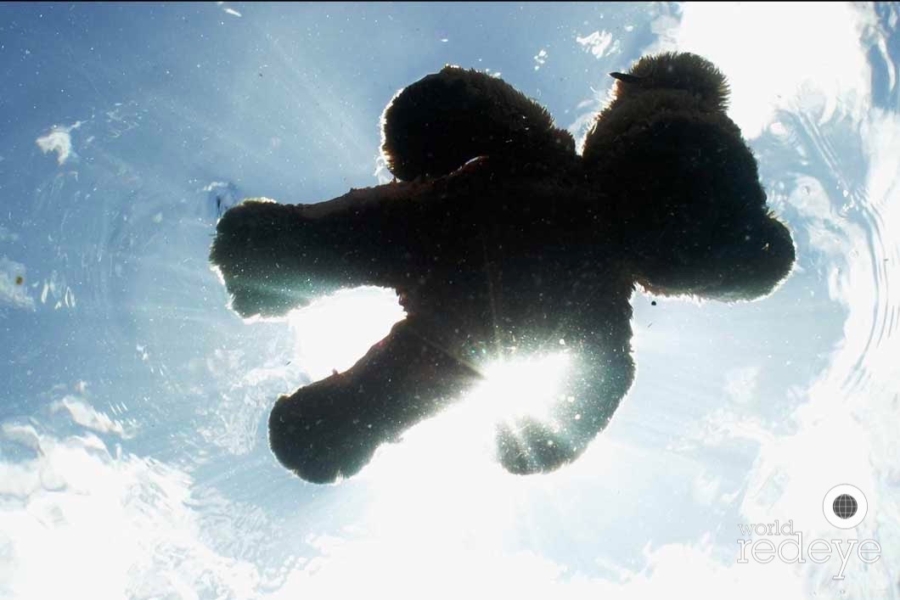

Christina Pettersson
WRE: Tell us about your project, In The Pines, at Locust Projects. What will visitors see, hear, feel/experience?
Christina Pettersson: In the Pines is a memorial to our landscape which is nearly gone, and characters who once knew it. When visitors draw back the curtain, they enter a completely transformed space of an old Florida cemetery in the pines. The smell of the pines permeates and crunches beneath your feet, along with burnt pinecones and ferns. A dozen or so handmade tombstones create a circle in the center of the room. All are encouraged to make grave rubbings to take home a piece of the exhibition in homage to figures from South Florida’s robust forgotten history. The space is haunted by the wafting tune of “In The Pines,” a traditional American folk song emanating from a projected video. Once the preeminent landscape of Miami, the film contemplates its disappearance.
Flanking the drawing are two crumbling entrance towers, all that remains of the estate of John Sewell, one of Miami’s founders, now forgotten on the side of the 195 highway. Mounted on the opposite wall, a large-scale map of Miami City Cemetery is decorated with mourning wreaths and clay offering bowls, echoing the walls of a mausoleum, and a séance room in the Project Room invites visitors to peruse my personal library and sacred objects, take a seat at the table and call upon their own ancestry.
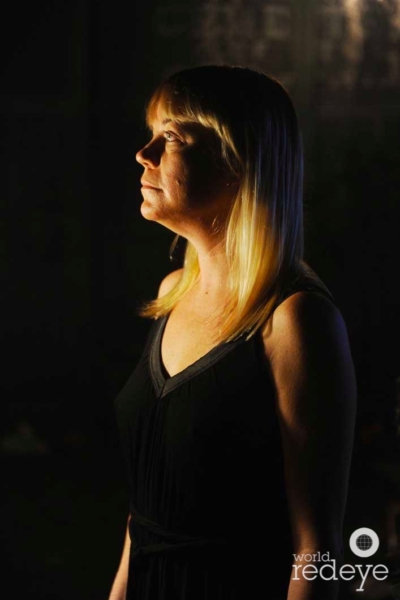
Christina Pettersson
WRE: What has the opportunity at Locust Projects enabled you to do that you were not able to before?
CP: I’ve never been encouraged to go so far into experimental work, and as a result create an entirely new world inside an ordinary gallery space. Locust specifically supports going beyond anything you’ve done before, so it was a chance to bring together different elements of my practice and create an immersive experience for visitors. With the large space I could even include things like my book collection that influenced the show.
WRE: What do you hope people take away from experiencing your project, either in person or virtually?
CP: In transforming the space into a cemetery, I am inviting viewers to contemplate and psychically connect with these historical narratives and each individual’s significance as if speaking with the dead themselves. Each tomb acts as a portal into a forgotten world, providing each visitor with a deeper understanding of their hometown.
My intention with In the Pines is to celebrate South Florida’s history by mourning what has been lost, while also taking back the cemetery for the living. A sense of community is strengthened by the act of honoring the dead and exploring their forgotten history. I hope visitors will go forth with a greater appetite to learn about the world beneath their feet.
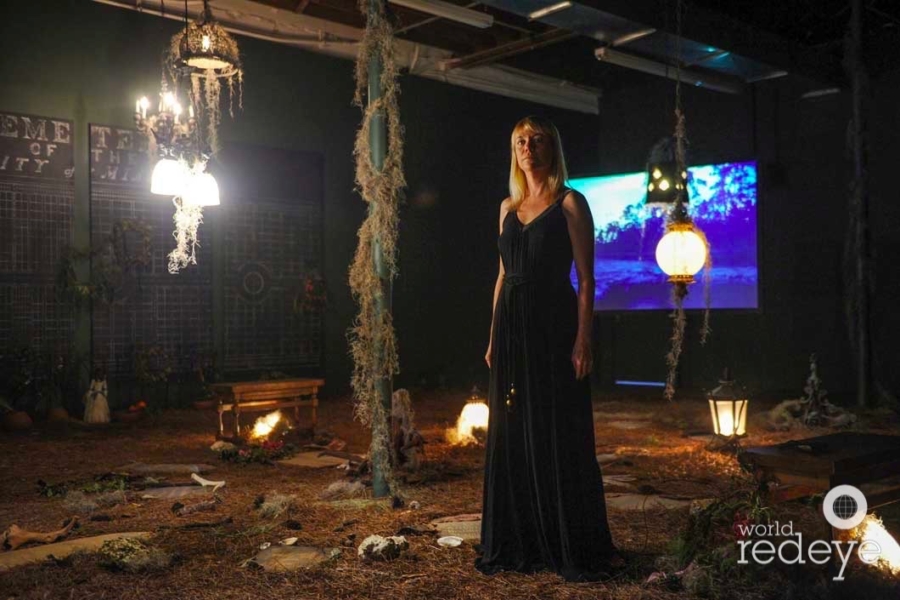
Christina Pettersson

